North Shore Billet Talon Cranks
Intended Use: Enduro, Downhill, and Dirt Jump
Stated Weight: 670 g (170 mm arms w/ 73 mm spindle)
MSRP:
- $420 (Crank arms and spindle)
- $110 (Bottom bracket)
- $80 (Chainring)
- $48 (Bottom bracket tool)
Lengths Available: 155, 160, 165, and 170 mm
Chainring Mount Standard: Cinch
Spindle Diameter: 30 mm
Reviewer: 6’, 170 lb / 183 cm, 74.9 kg
Test Duration: 4 months
Test Locations: Washington, British Columbia
Bolted To: BTR Ranger, Nicolai G1
Blister’s Measured Weight:
- 659 g (165 mm arms and spindle)
- 79 g (32-tooth chainring)
- 88 g (73 mm BSA bottom bracket)
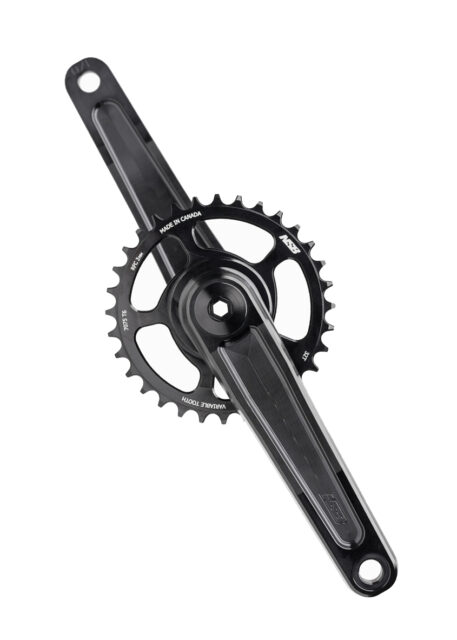
Intro
North Shore Billet has been making beautifully machined parts in British Columbia for 20 years now — first in North Vancouver, and more recently in their new home of Whistler. The Talon cranks started as a personal project by one of their employees for his own use, but after catching the attention of some friends, team riders, and locals, NSB has decided to bring them to market.
Design
The overall form factor of the Talon cranks will be familiar to anyone who’s worked on a modern three-piece crank from Race Face, Hope, and others. The Talon cranks use a 30mm-diameter spindle (offered in lengths for 73 or 83 mm threaded bottom bracket shells and their press-fit equivalents) with an aluminum preload collar on the non-drive side and a self-extracting bolt system on the drive-side arm. A Cinch chainring mount standard means the Talon cranks are compatible with NSB’s own Cinch mount rings, or those from Race Face and others, and the Talons are, of course, machined in NSB’s own facility in Whistler. 7075-T6 aluminum is used throughout, and the Talon crank arms can be had in your choice of black, clear silver, or pewter anodized finishes. The 73 mm spindle Talon cranks have a 171.4 mm Q-factor; the wider 83 mm spindle bumps that out to 186.4 mm. That’s a touch wider than the Hope Evo, for example (at 167 mm for the 73 mm spindle version) but by no means an outlier, and narrower than the new SRAM X0 T-Type (174 mm).
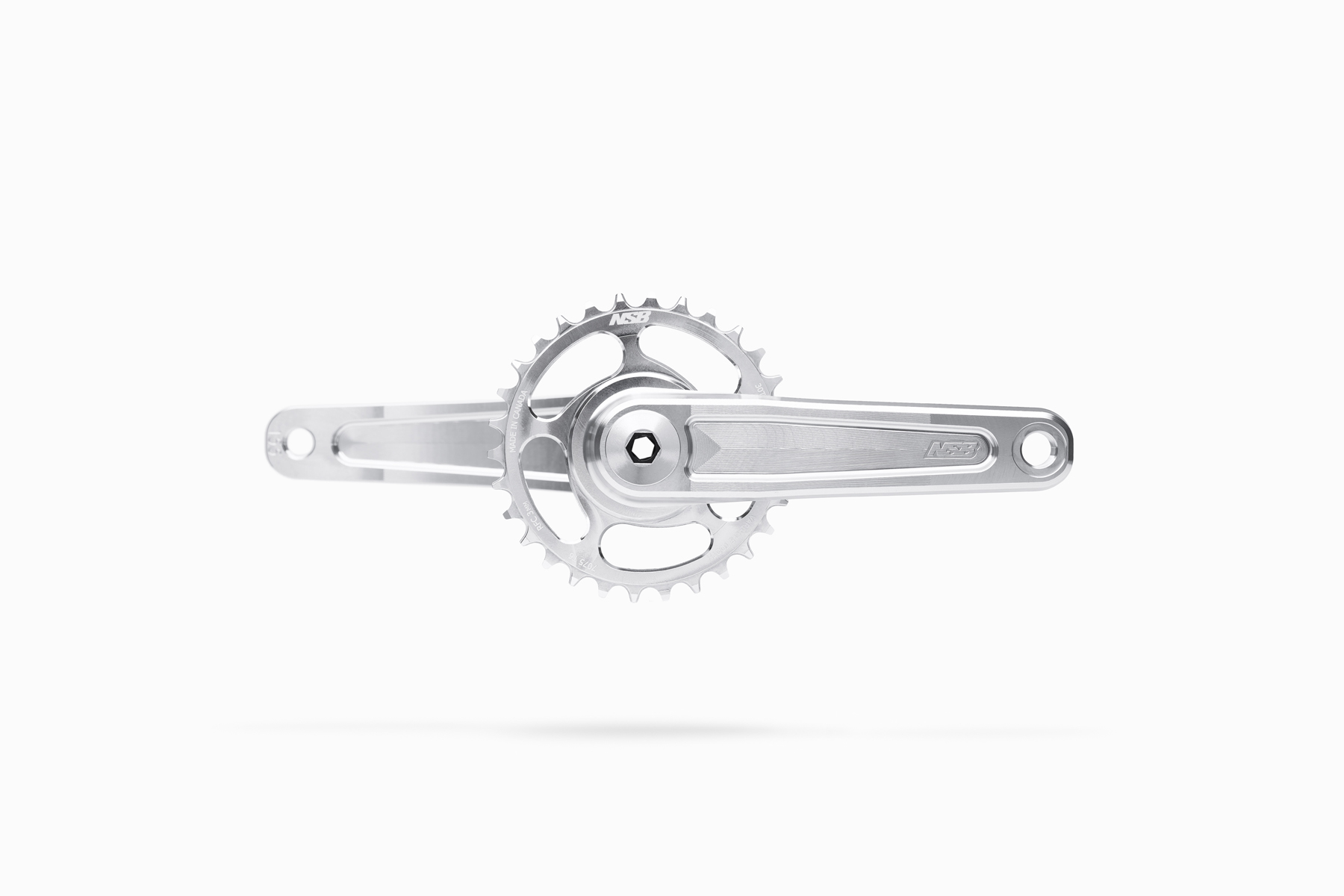
Shorter cranks are becoming increasingly popular on modern mountain bikes, especially for more gravity-oriented applications, and NSB offers the Talon in 155, 160, 165, and 170 mm lengths to match. And in keeping with that intended use, the Talon cranks are built with a focus on durability over aiming for the lowest weight possible. At a stated weight of 670 g for a set of 170 mm arms and a spindle for a 73 mm bottom bracket, the Talon cranks are about 100 g heavier than the Hope Evo cranks, for example (which are notably light for a gravity-oriented aluminum crank, granted). That’s not a ton by any stretch, but NSB is clearly aiming for beefiness here. And to back that up, NSB sent the Talons off to EFBE Pruftechnik in Germany for lab testing, and say that they exceeded the EFBE testing standards for gravity use.
To go with the Talon cranks, NSB also now offers their own in-house-made bottom bracket. The cups, inner sleeve, and spacers are machined by NSB themselves; the bearings come from Enduro. It’s offered for threaded bottom bracket shells only, in your choice of 73 or 83 mm spacing, and uses a standard 12-notch bottom bracket tool (as used by Race Face, SRAM DUB, and others). Versions for a 30 mm spindle (as used on the Talon cranks) or a 29 mm SRAM DUB one are available; if you’d prefer to run a different bottom bracket with the Talon cranks, other brands’ 30 mm options should be generally compatible.
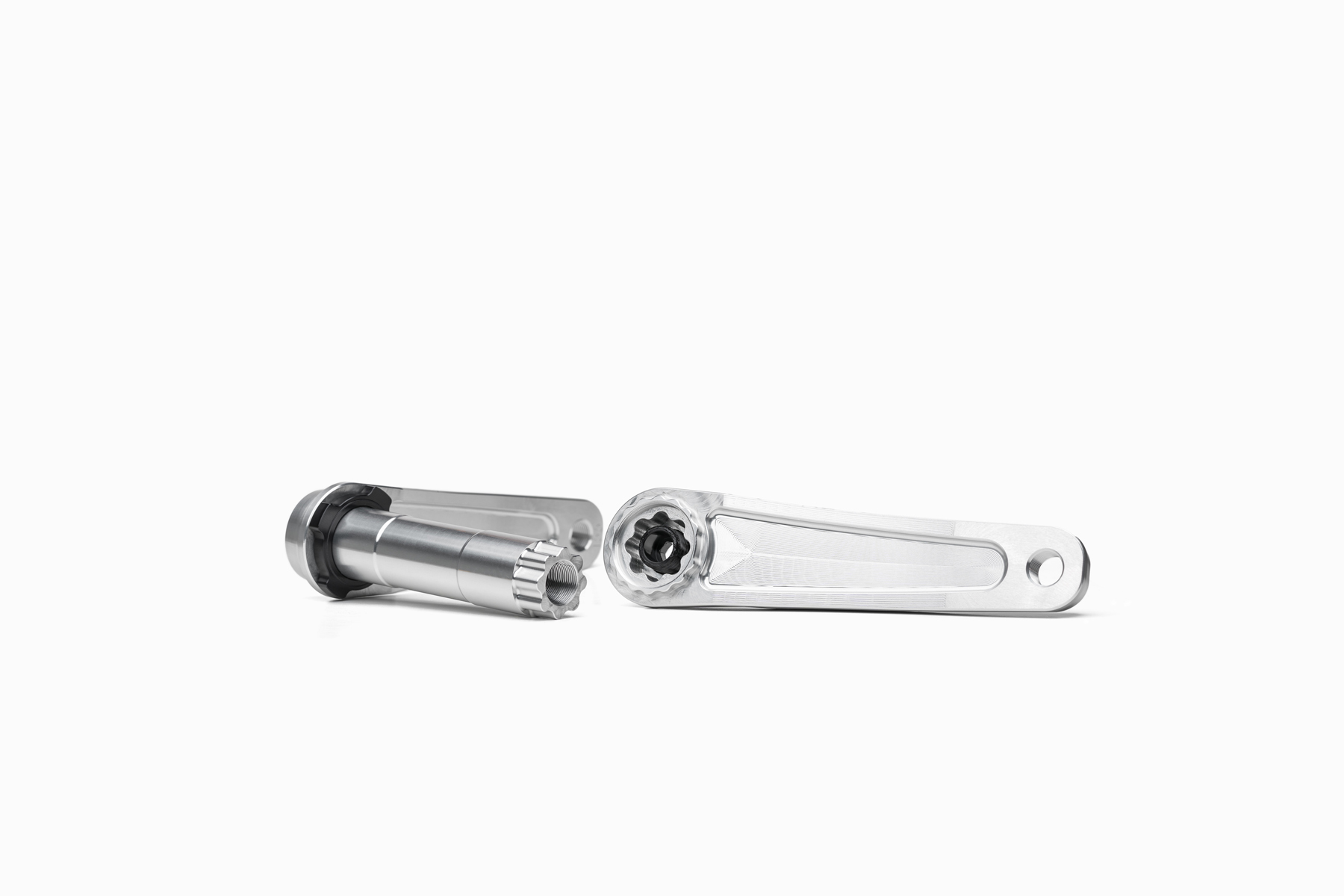
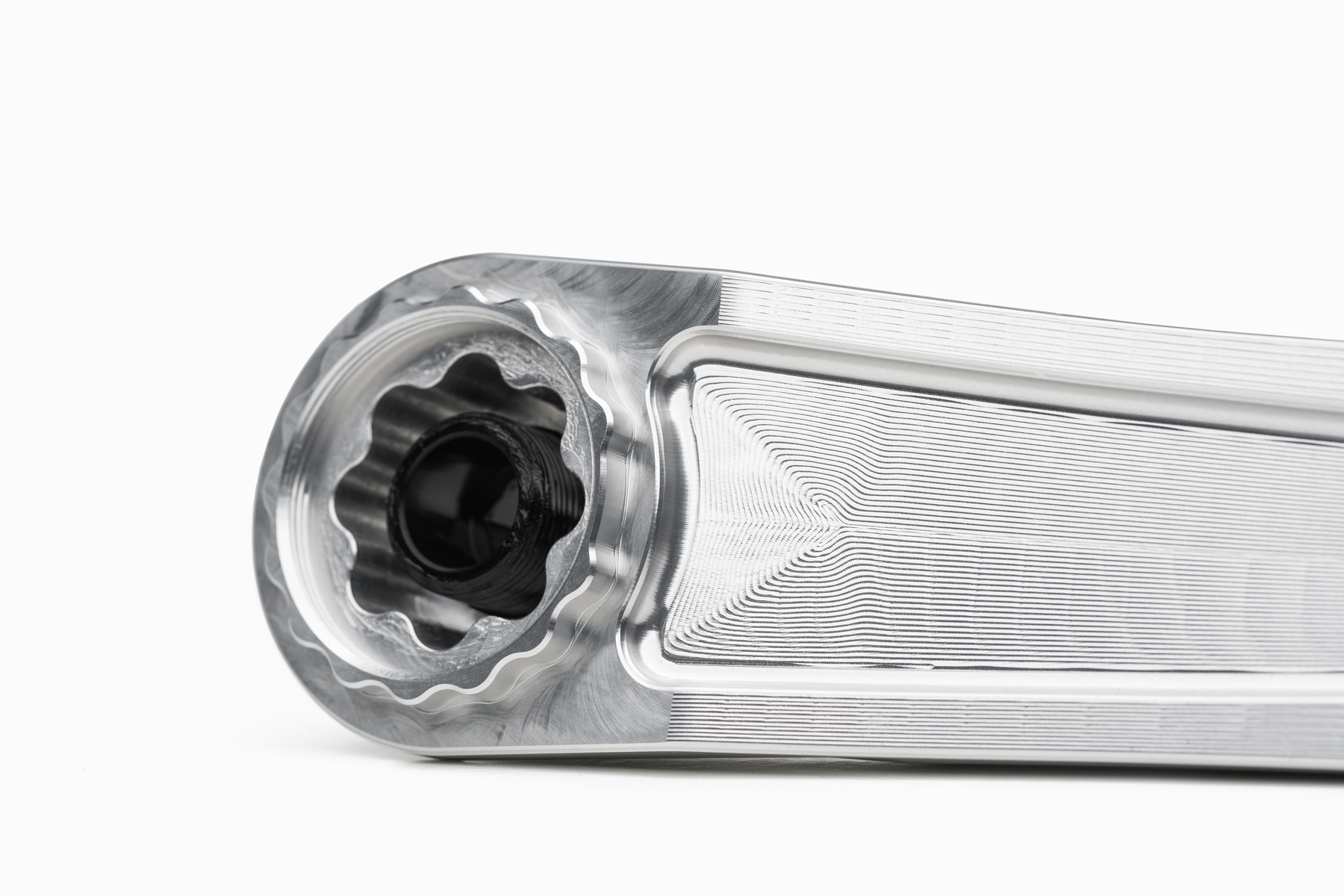
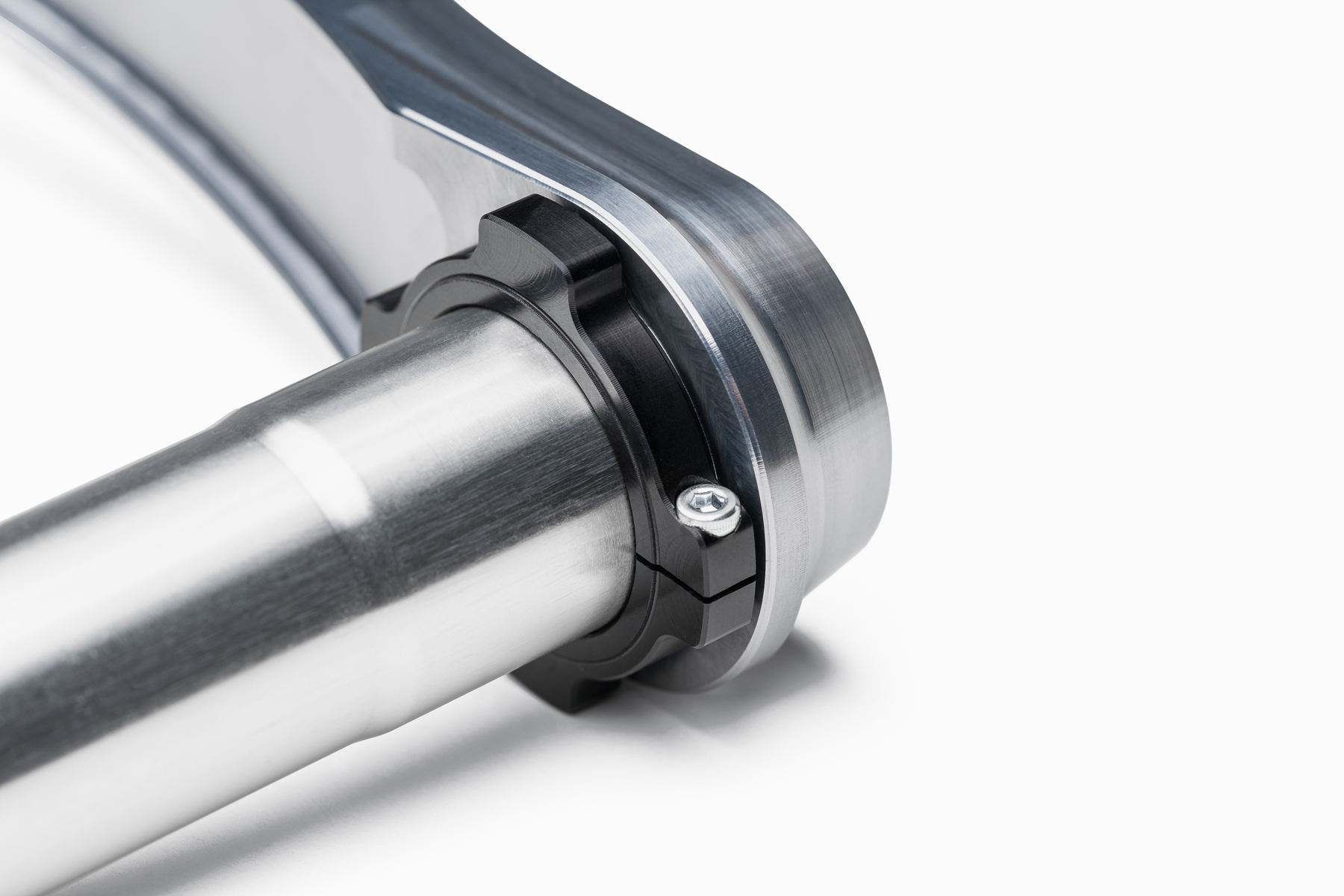
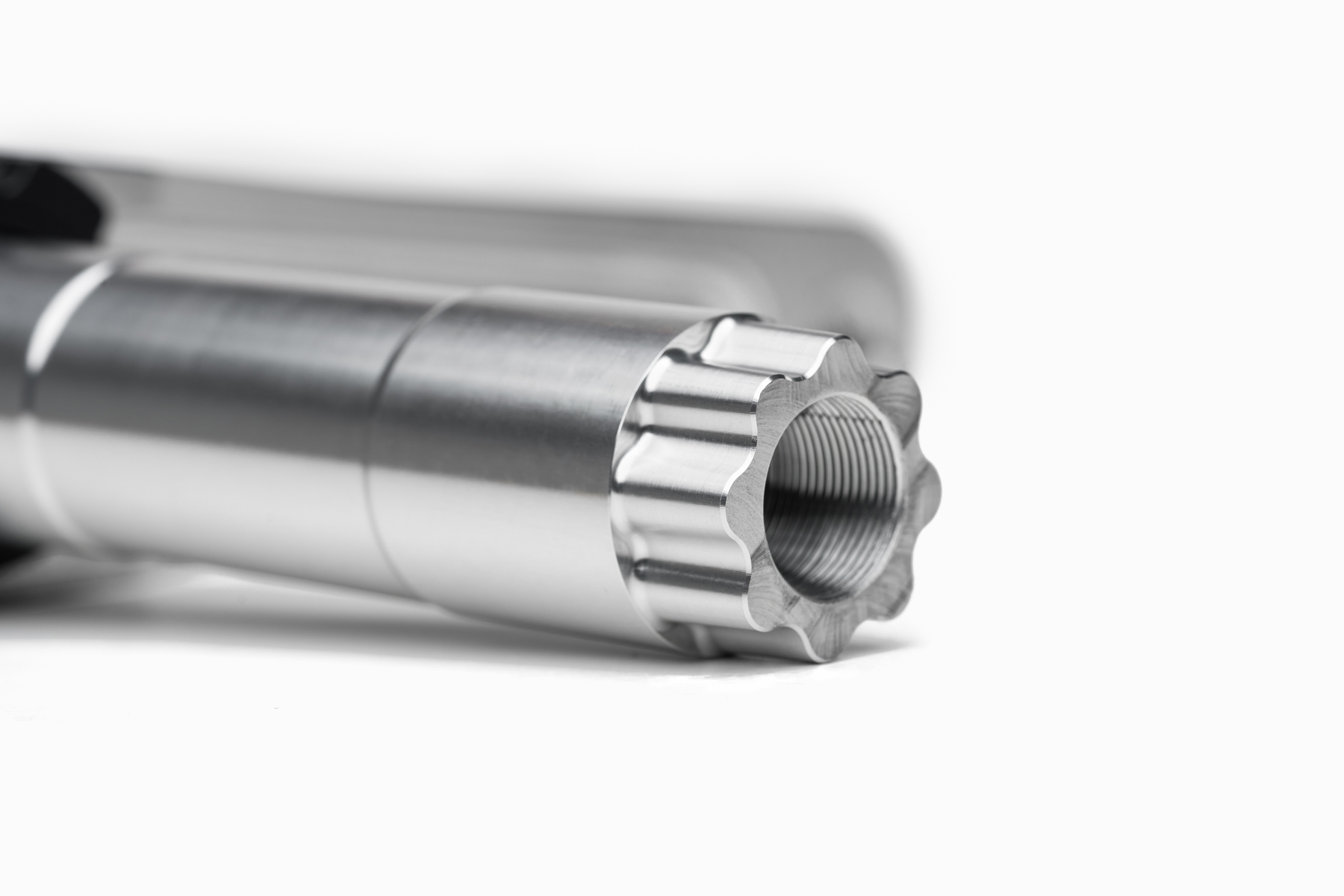
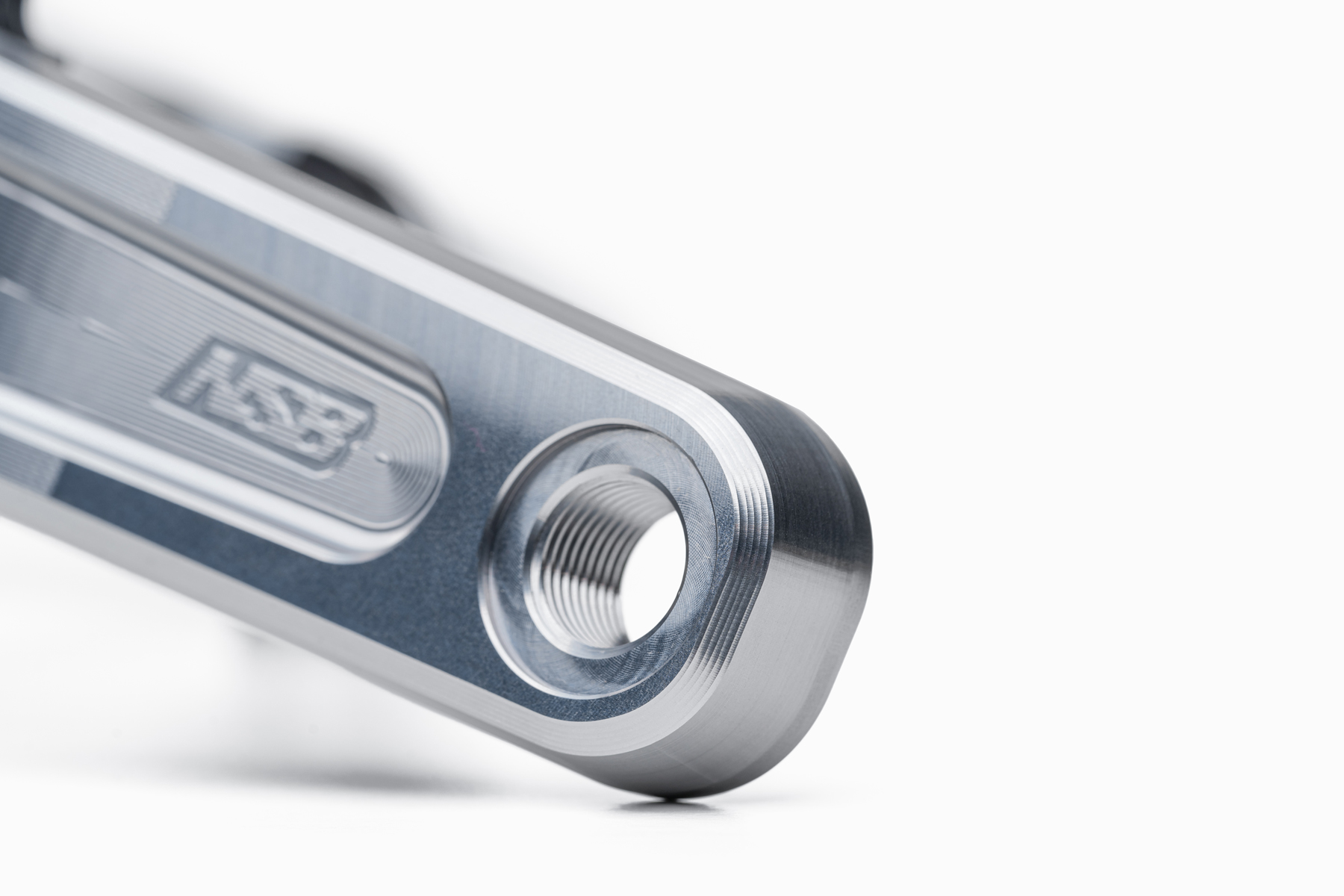
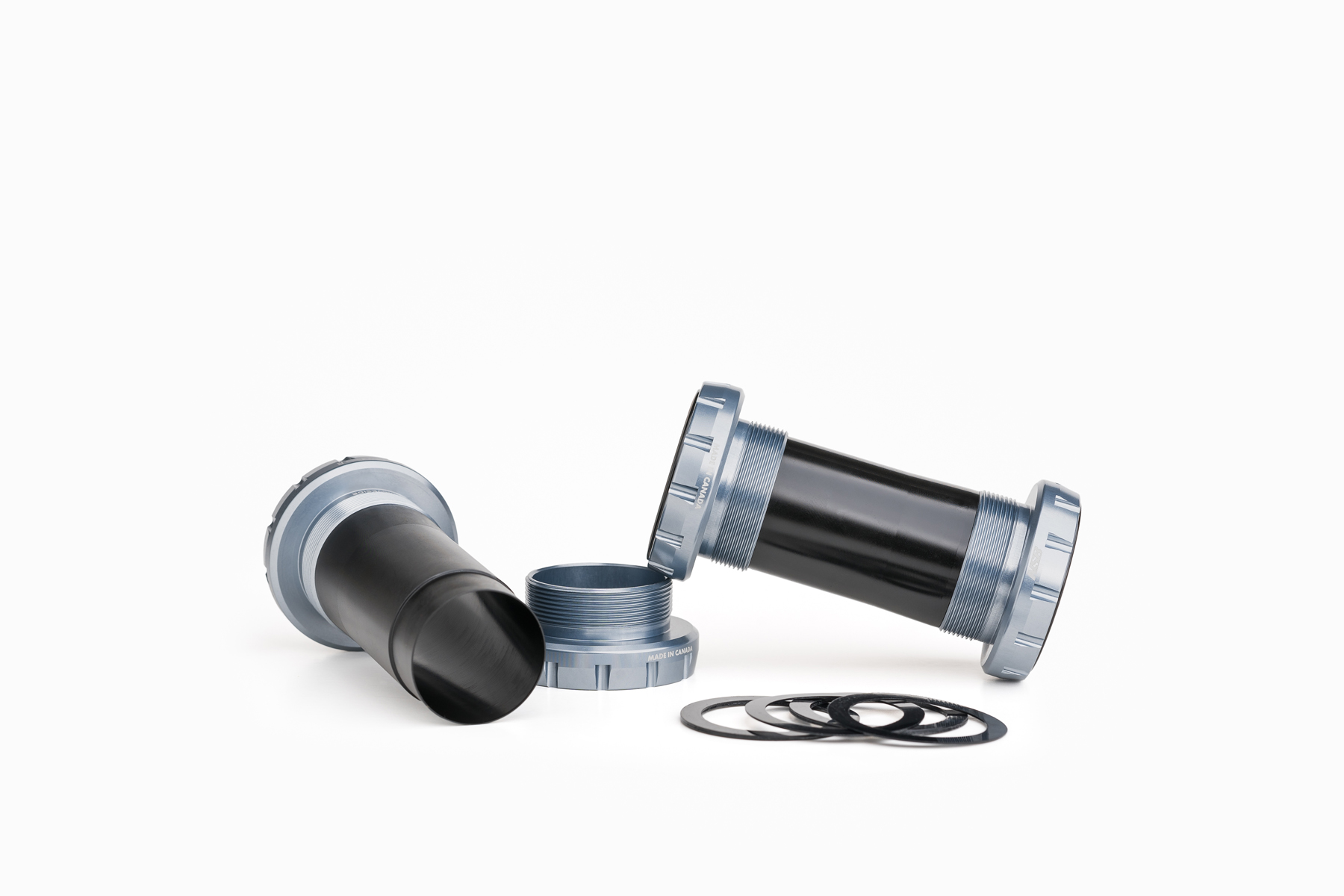
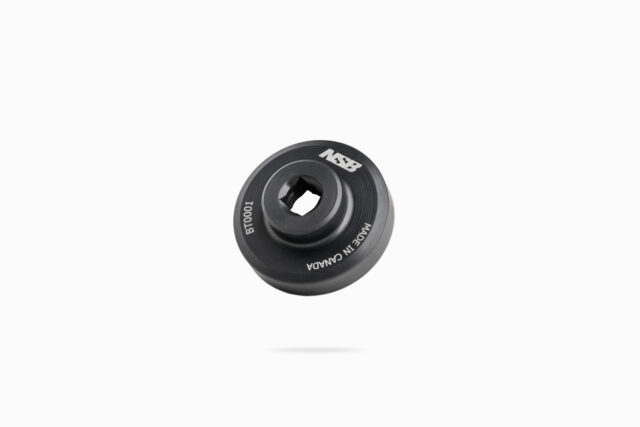
FULL REVIEW
I’ve been spending a lot of time on NSB’s Talon cranks on a couple of different bikes over the summer and fall, and they’ve proven to be a solid, well-built option, and especially compelling for folks who are interested in sub-165 mm lengths that the bigger players have been slow to offer.
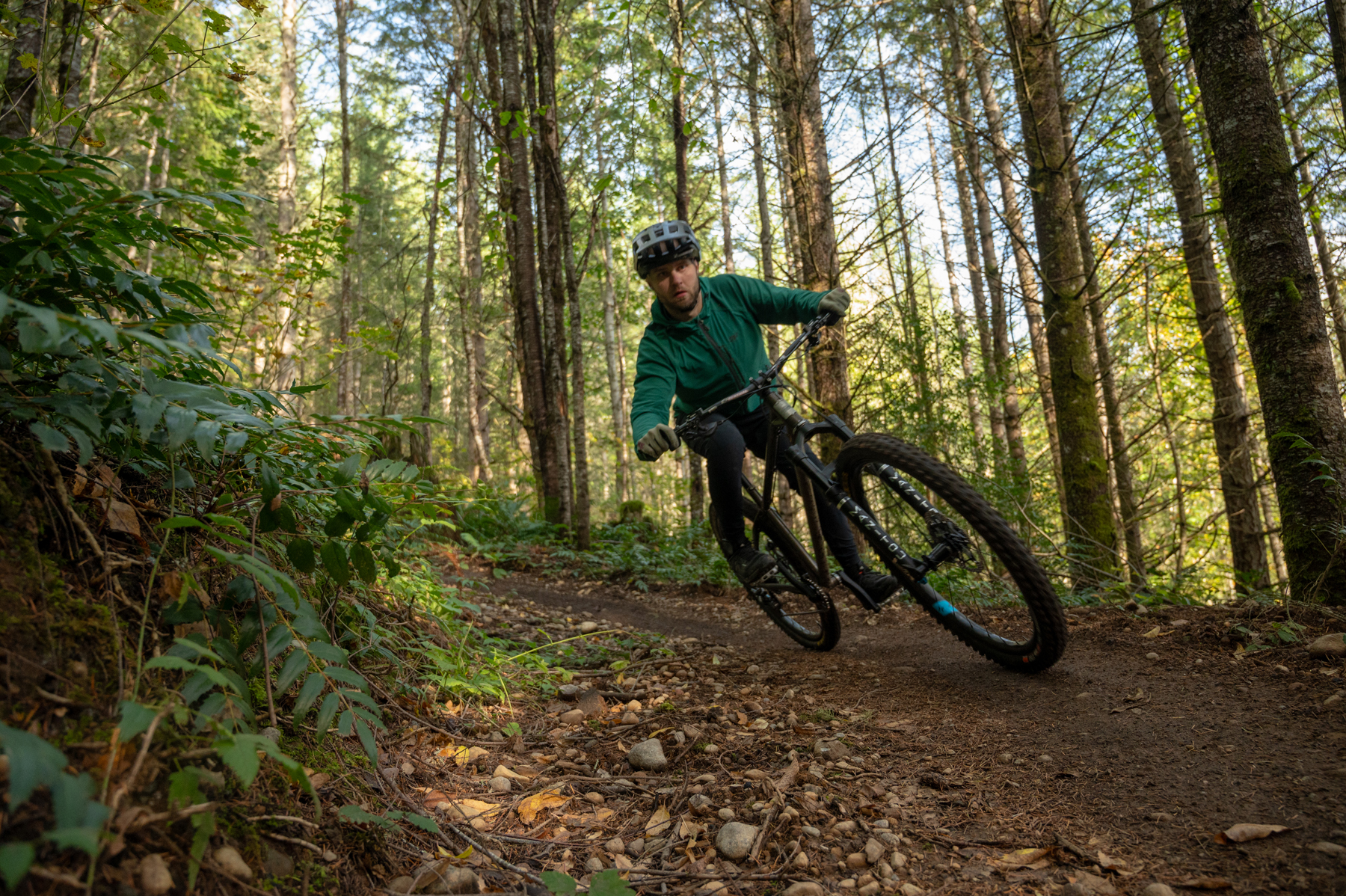
On the Trail
I’ve spent the last four or so months with the Talon cranks on a couple of different bikes, and they’ve been doing their job without a hitch. Installation was straightforward, following a familiar process to any number of other cranks with a similar preload collar arrangement, and they’ve been quiet and creak-free.
The Talon cranks are also one of the better options for folks who are curious about shorter cranks — while NSB isn’t alone in offering them, there aren’t a ton of options for a 155 or 160 mm crank out there. The 165 mm length that I tested the Talon in is about as short as I’m interested in personally. I’ve tried 155 and 160 mm options before and had a hard time getting used to them — but I’m also 6’ tall and have a pretty long inseam. I’m happiest in the 165 to 170 mm range, with 165s offering a little more ground clearance and feeling quicker and easier to spin up, and 170s feeling a little more efficient under higher-output efforts. But it’s easy for me to imagine how shorter folks (or just those with different preferences) would find some shorter options to be welcome, and it’s nice to see them being offered.
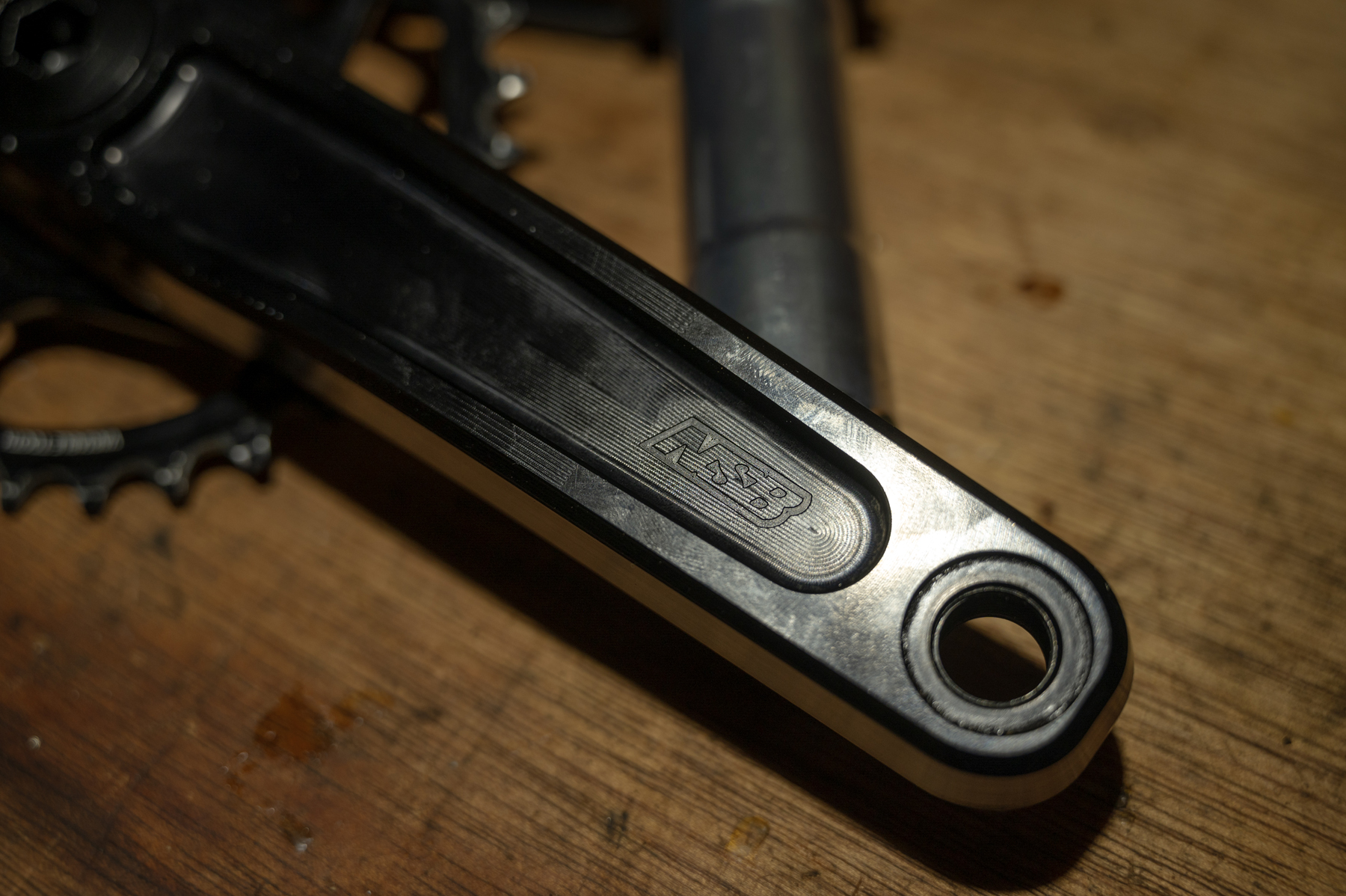
The Talon cranks also feel noticeably stiffer than some (generally lighter) aluminum cranks I’ve been on recently, notably the Hope Evo, Race Face Turbine, and SRAM X0 T-Type ones. Mostly that just manifests as a subtly different feeling when descending when I first swap back and forth between one or the other. After a minute I stop noticing or thinking about it at all. I’d be hard-pressed to say that those differences in stiffness make much difference to my riding experience at the end of the day, but I also can’t think of any modern crank that I’ve been on and minded it feeling flexy — I think that’s an area where I’m just not that fussy. I can notice differences when going back and forth A-Bing options, but don’t much care one way or the other. If you know you prefer a stiffer crank, here you go.
Mostly, the Talon cranks just seem designed and made to last a long time and be easy to live with. The aluminum preload ring feels a lot more robust than the plastic options that Race Face and SRAM use (though Race Face’s newer one is a big improvement over the original version), the Cinch chainring mount means that tons of options for different sizes, chainlines, and chain compatibilities are widely available, and the Talon cranks use nicely standardized tools throughout (an 8 mm Allen wrench for the crank fixing bolts, a 12 mm one for the self-extracting caps, and a 2.5 mm one for the preload collar) to make things easy there, too. The self-extracting rings are left-hand threaded, so bear that in mind if you ever need to remove them for some reason, but most folks shouldn’t need to.
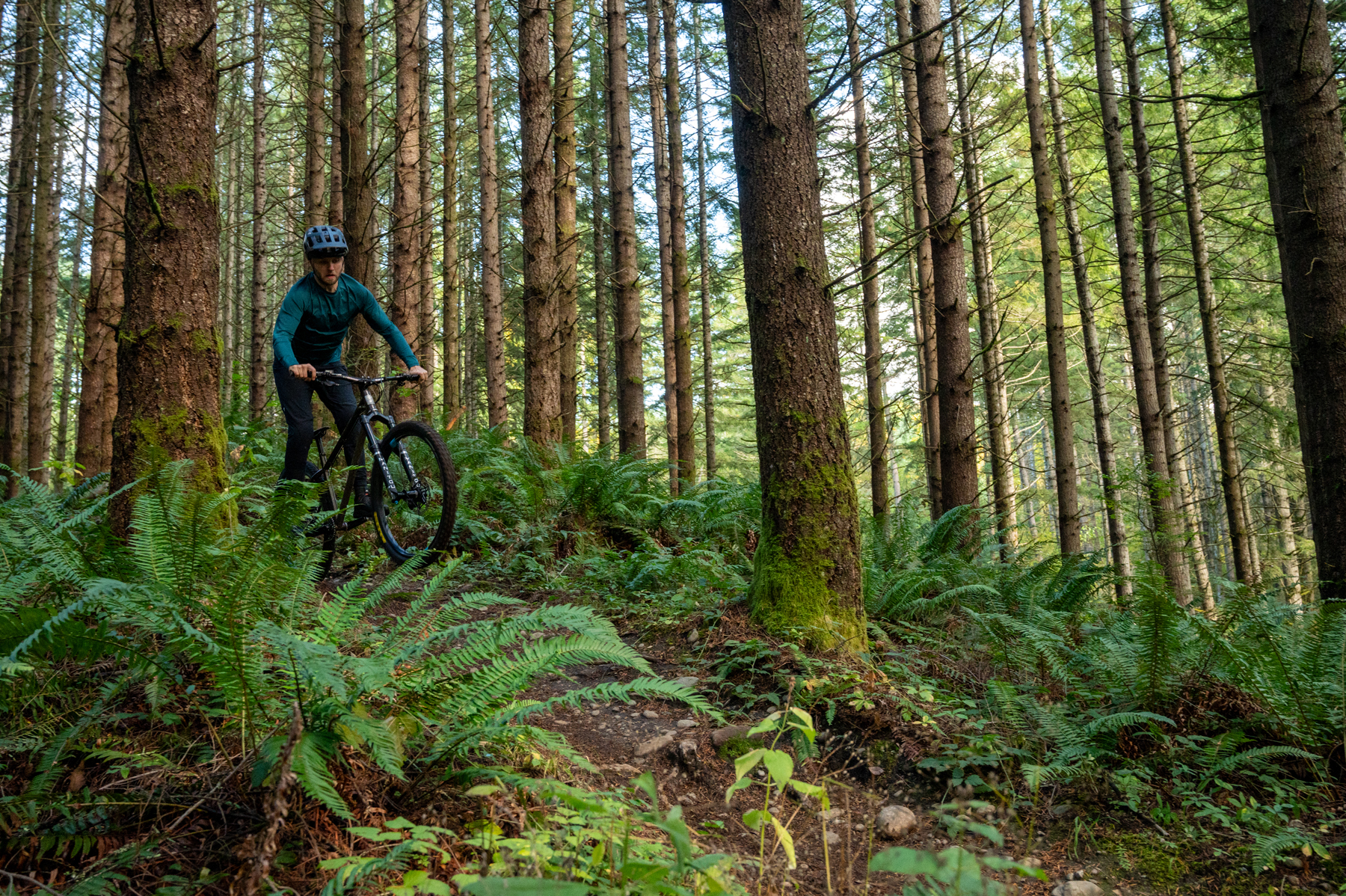
[It is worth noting that, while the Talon cranks use the same 12-notch bottom bracket tool as a whole lot of other 30mm-spindle bottom brackets (including RaceFace, SRAM DUB, and others) for both their own BB and the chainring mounting lockring, not every 12-notch tool has enough clearance to fit on the chainring lockring. The NSB one, of course, works great; the Abbey one, for example, has too large an outer diameter, and most flat options with a built-in handle (as opposed to socket-style ones) are unlikely to work.]
Can I make a compelling argument for the Talons being a serious performance upgrade over a variety of other good crank options out there? Honestly, probably not for most people, at least in comparable lengths — the Talon’s options for shorter ones are likely to be welcome for some people. Either way, though, the Talons look great, feel appreciably stiffer than some other higher-end aluminum options (e.g. the Hope Evo and SRAM X0 T-Type), and I’ve got every reason to believe that they’ll last just about forever.
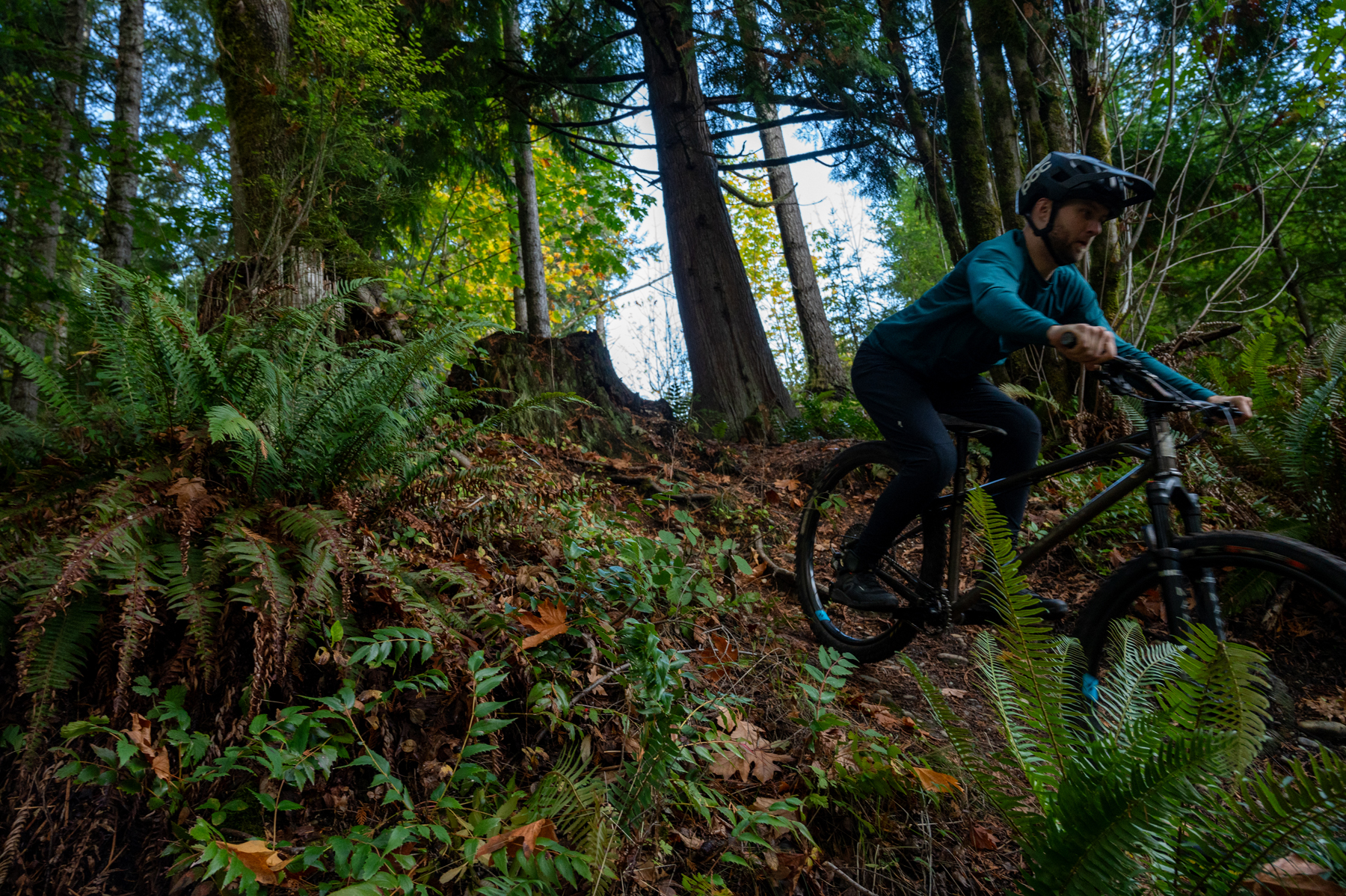
Bottom Line
Cranks aren’t often the most exciting product to review — either they cause some sort of headache, or they work well and fade into the background. The NSB Talon isn’t the cheapest way to attach your pedals to your bike, and there are lighter options out there too, but that isn’t really the point. They’re a good-looking, well-made option for folks who like the idea of buying something made in Canada, especially those who are curious about shorter arm lengths than a lot of the bigger players offer. And they’re burly, notably stiff, and nicely future-proofed with sensible, adaptable standards.
